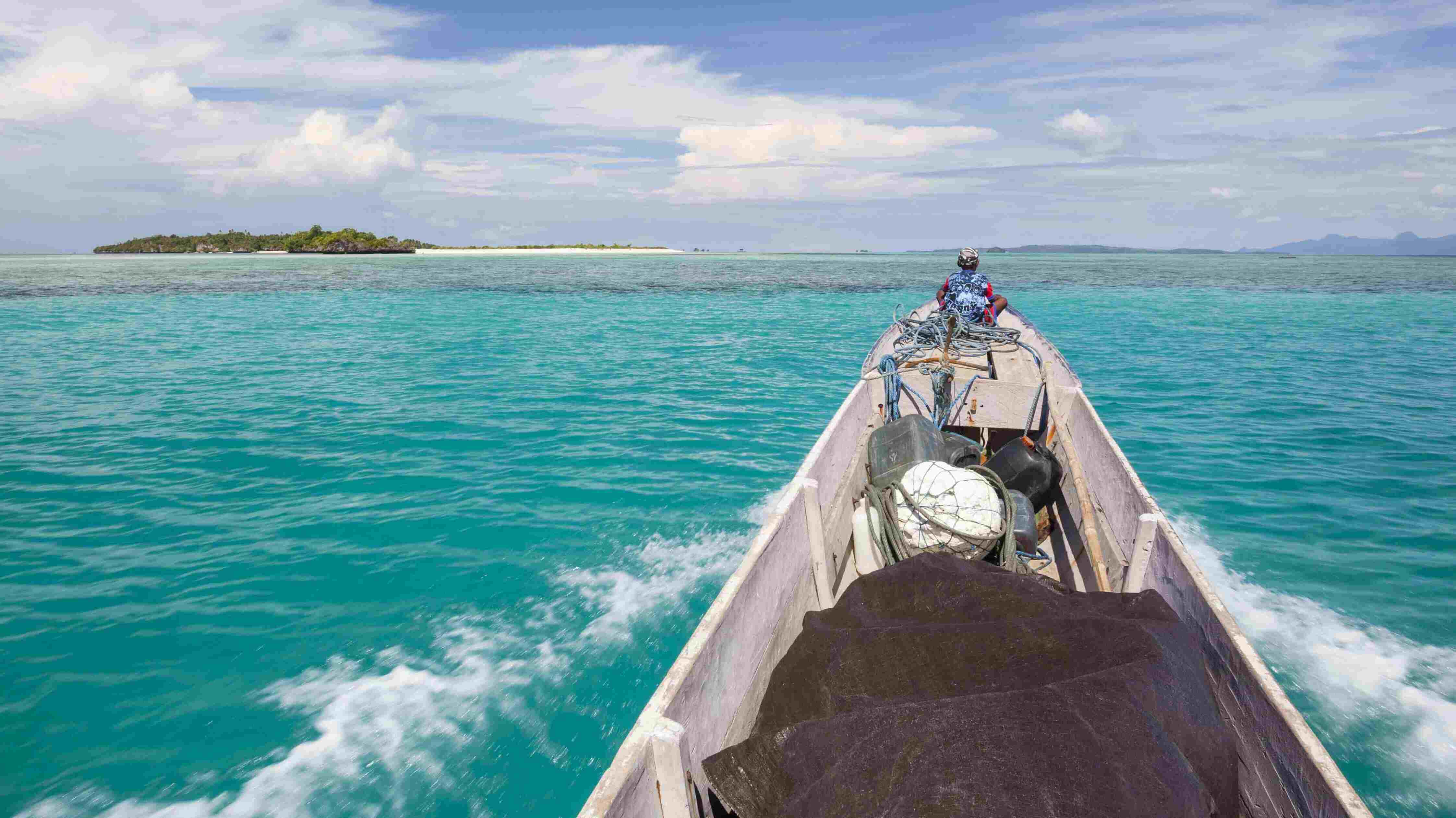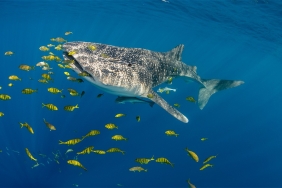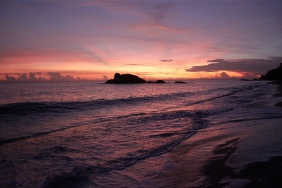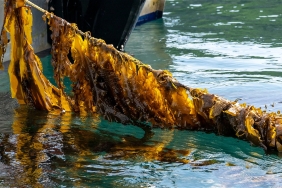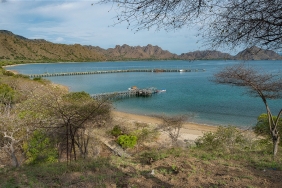1.2 MILLION HECTARES OF MARINE CONSERVATION AREAS IN MALUKU HAVE BEEN DESIGNATED
Good news comes again from Maluku Province! After establishing 4 Regional Conservation Areas (KKD) in North Seram and West North Seram, Lease Islands, Ay Island and Rhun Island, and Buano Island in 2021. In 2022, Maluku Province will add 4 more MPAs with a total area of 1,255,893.78 hectares in Southwest Maluku Regency (MBD) and Tanimbar Islands Regency.
This water area has a coral reef ecosystem with high marine biodiversity and reef fish density. Based on ecological and socio-economic surveys conducted by WWF Indonesia in 2014 and 2015, a number of reef fish that have high economic value such as snapper, grouper, baronang, kuwe and yellowtail in this area have densities two to three times greater than the density of fish found in the Alor-Solor waters.
As an area dominated by a chain of small islands, the level of community dependence on coastal resource utilization activities is very high. In addition, these four waters also have unique natural phenomena, especially underwater, and have high potential to support the development of sustainable water tourism in Maluku.
As for the 4 conservation areas designated as Marine Parks, namely:
1. Tanimbar Islands Region through KEPMEN KP Number 3 Year 2022
The Tanimbar Islands Marine Park has an area of 312,181.70 hectares, which includes three main marine ecosystems, namely coral reefs, seagrass beds, and mangroves.
2. Damer Region through KEPMEN KP Number 4 Year 2022
The Damer Marine Park has an area of 297,143.91 hectares, this area has the main function to protect, preserve, and utilize marine biodiversity such as coral reefs, seagrass beds, which are the habitat of green turtles (Chelonia mydas), and hammerhead shark habitat (Sphyrna lewini).
3. Mdone Hiera, Lakor, Moa and Letti areas through KEPMEN KP Number 5 Year 2022
The Mdone Hiera, Lakor, Moa and Letti Marine Park with a total area of 371,722.43 hectares is an important habitat for spawning aggregations of reef fishes.
4. Romang Islands region through KEPMEN KP Number 6 Year 2022.
The Romang Islands Marine Park with a total area of 274,845.74 hectares, has an underwater canyon ecosystem, hammerhead shark habitat, and important habitats for marine mammals.
"The establishment of three marine protected areas in Southwest Maluku and one marine protected area in Tanimbar Islands has an important meaning in marine and fisheries development in Maluku Province because it has made the total area of Maluku marine protected areas managed by the province to be 1,683,055 ha or has reached 11 percent of the management area up to 12 miles which is 15,556,310 ha. The contribution of these four areas reaches 75 percent of the total area of conservation areas managed by Maluku Province. For this reason, I would like to thank the Government of Southwest Maluku Regency and Tanimbar Islands Regency, as well as WWF Indonesia Foundation for their support and cooperation so far," said the Head of Marine and Fisheries Service of Maluku Province, Dr. Abdul Haris.
Dr. Imam Musthofa as the Head of Marine and Fisheries Program of WWF Indonesia Foundation also gave appreciation to the Maluku Provincial Government, and the Ministry of Maritime Affairs and Fisheries for the achievement of this determination, "As one of the partners who initiated the Tanimbar, Damer, Mdona Hiera, Lakor, Moa and Letti, and Romang Conservation Areas since 2015, we are also proud that finally at the beginning of 2022, these four have been officially designated by KKP. Our support in the development of these conservation areas includes biophysical information on coral reefs, seagrasses, mangroves, fisheries, and marine biota, as well as the socio-economy of coastal communities. Once established, we hope these areas can be managed effectively, for the good of the existing natural resource potential as well as sustainable benefits for the community."
The WWF Indonesia Foundation will support the Maluku Provincial Government in the process of managing these four conservation areas through technical assistance for the process of establishing conservation area management units, improving fisheries and aquaculture governance through Ecosystem-based Capture Fisheries Management (EAFM) and Ecosystem-based Aquaculture Management (EAA), capacity building of local stakeholders related to coastal marine conservation, development of sustainable fisheries program strategies for industry and small-scale, responsible marine tourism development strategies, protected marine species conservation strategies, and others.

